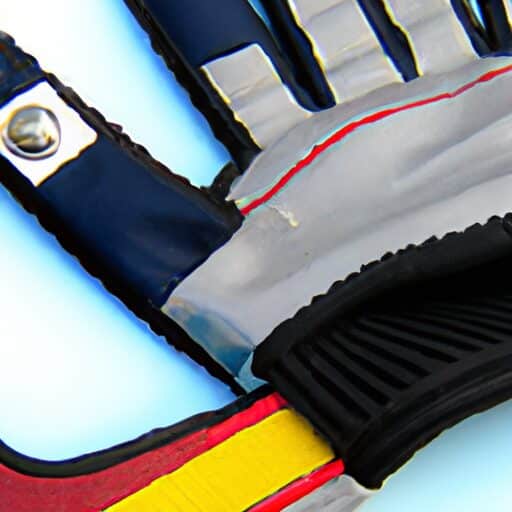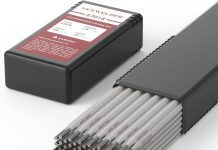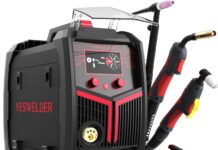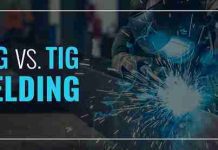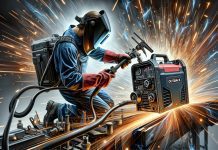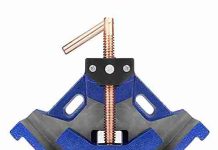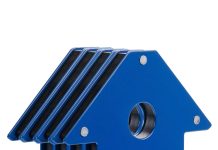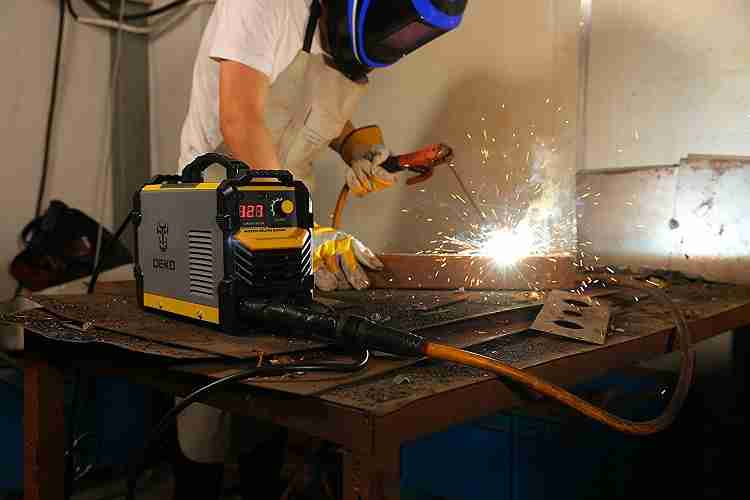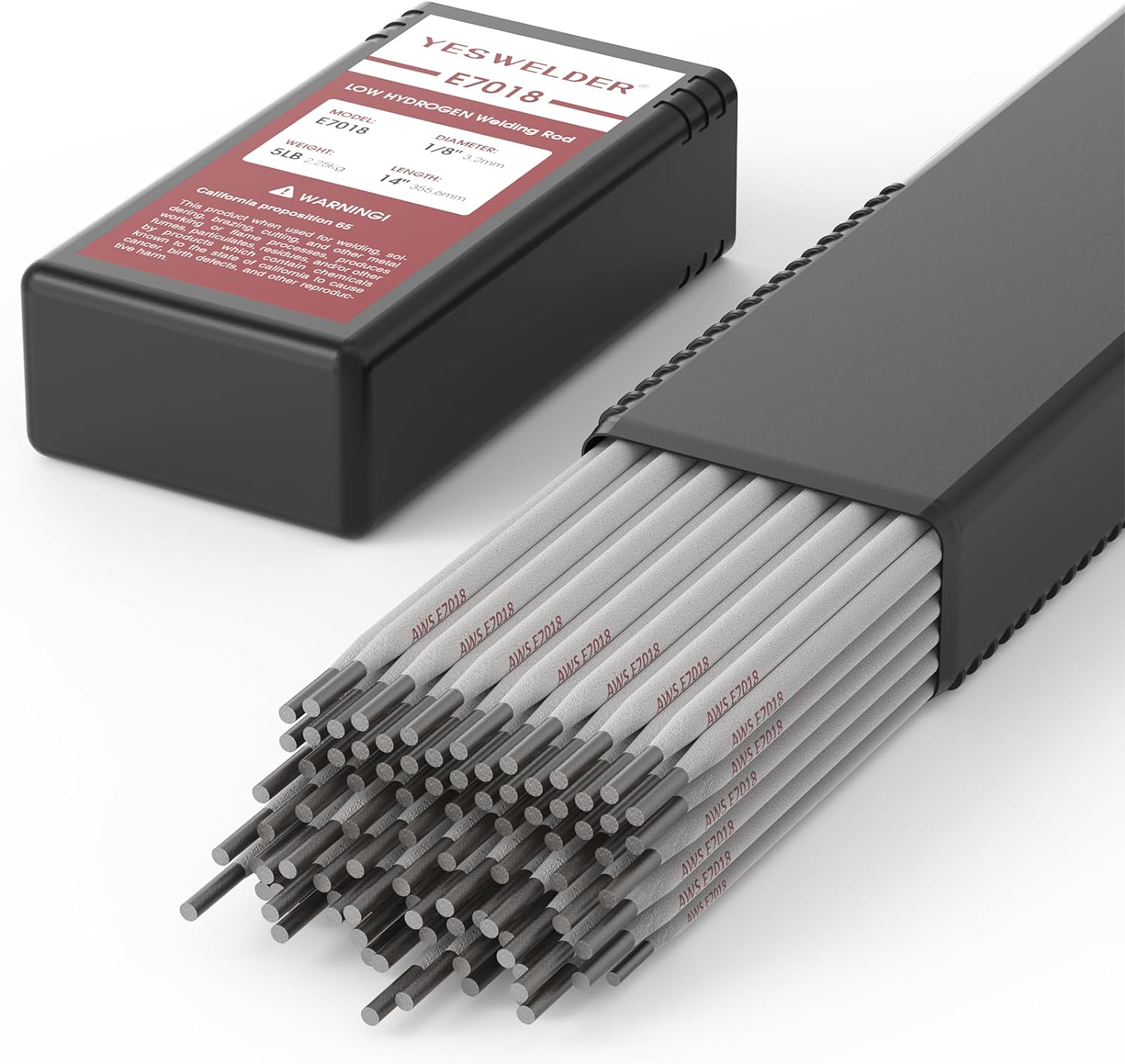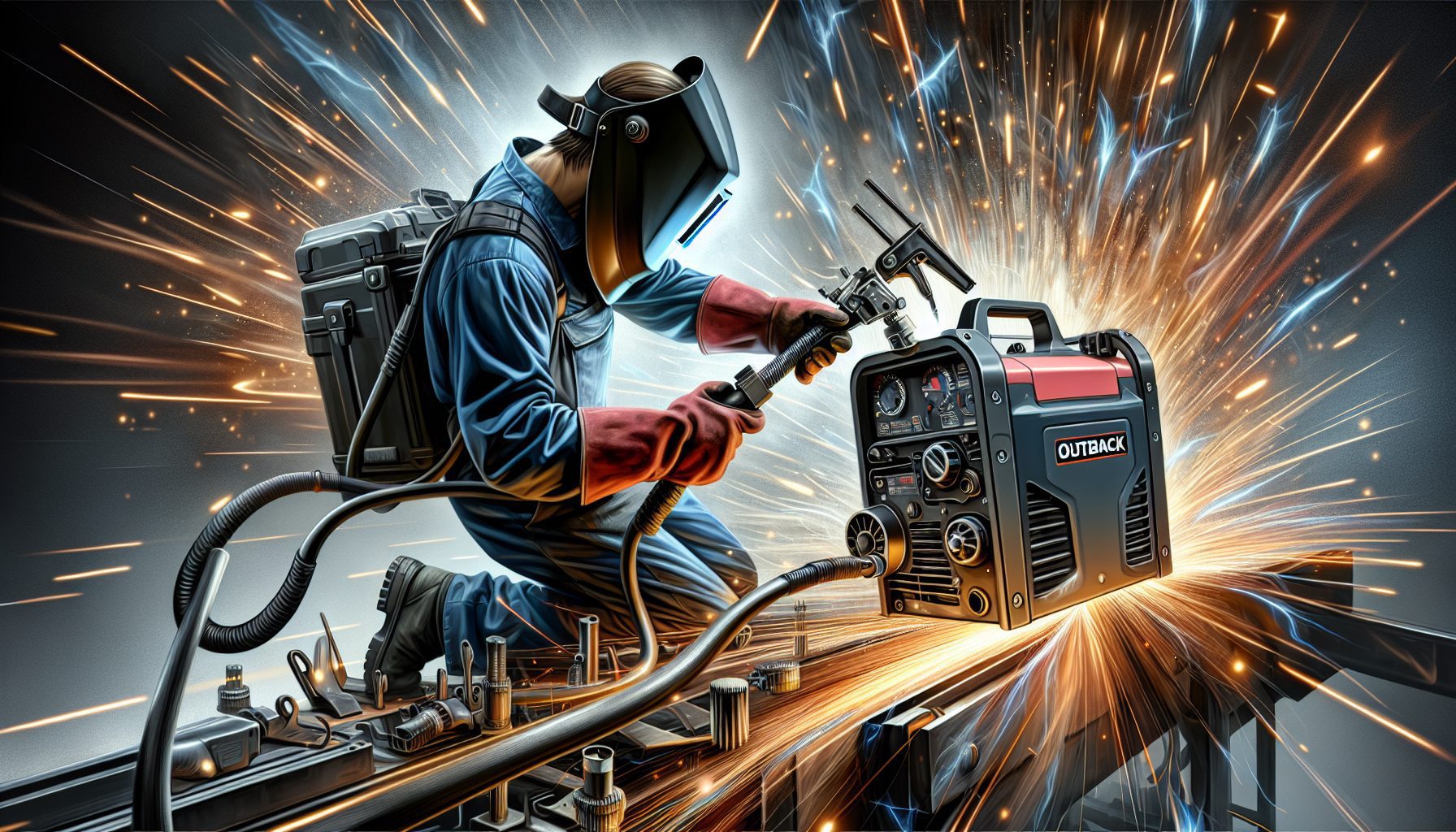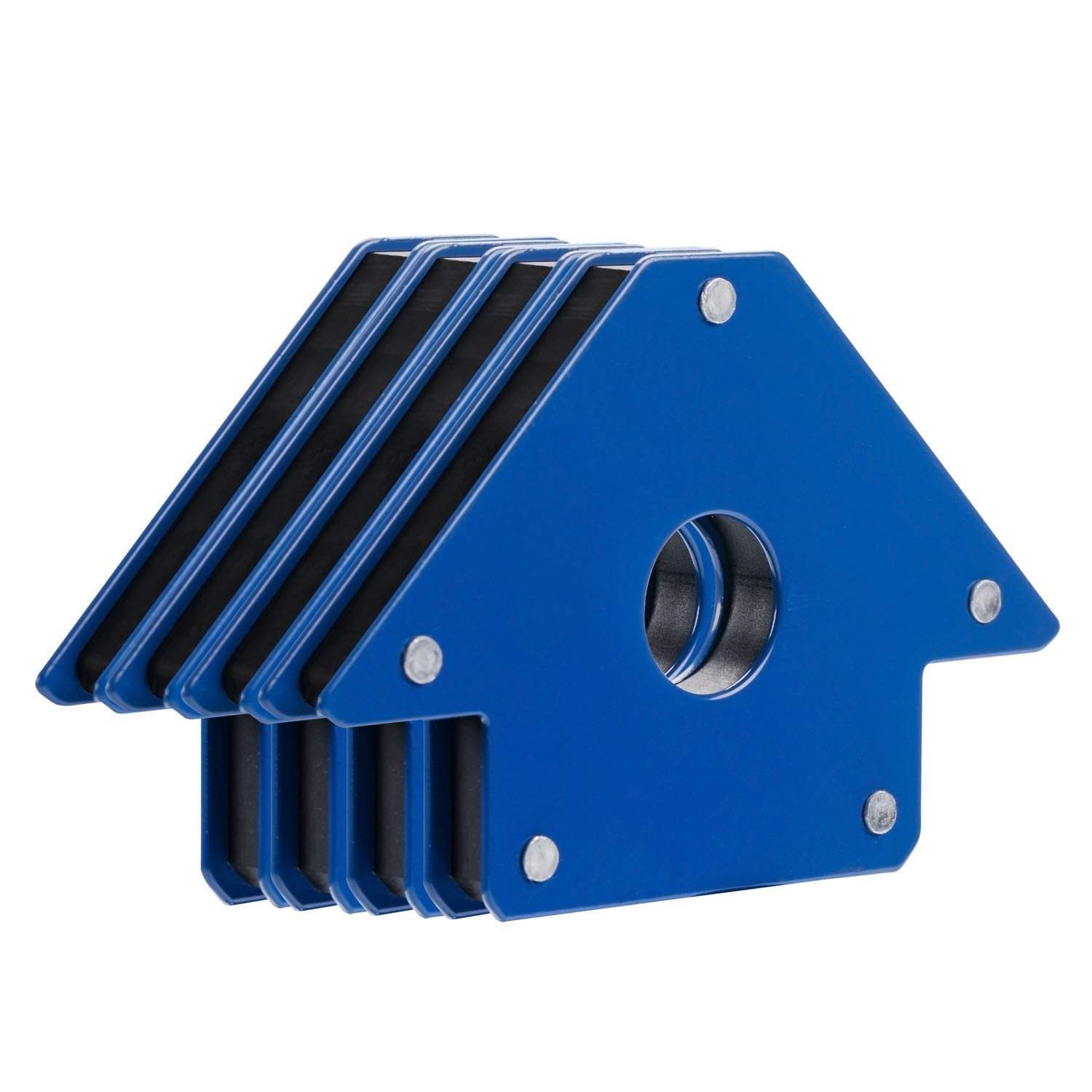When it comes to safety, it’s essential to equip yourself with the right accessories. Whether you’re embarking on an adventurous outdoor expedition or simply securing your everyday activities, the right safety accessories can make all the difference in keeping you protected and secure. From helmets and reflective gear to safety goggles and first aid kits, this article will guide you through the must-have safety accessories that should be an integral part of your routine. Get ready to gear up and prioritize safety like never before!
Head Protection
When it comes to head protection, there are several options to consider. Hard hats are a common choice in industries where there is a risk of falling objects or overhead hazards. These sturdy helmets provide impact resistance and are designed to protect the skull from serious injuries. They often come with adjustable suspension systems to ensure a comfortable fit for various head sizes.
For environments with lower risks, bump caps can be a suitable alternative. These lightweight headgear options provide minor protection against bumps, scrapes, and minor head injuries. Bump caps are commonly used in industries such as food processing or maintenance, where the main concern is preventing minor accidents rather than serious head trauma.
In situations where more extensive protection is required, such as in construction or firefighting, helmets are the accessory of choice. These helmets provide a combination of impact resistance and heat resistance. With a sturdy shell and a protective face shield, helmets offer optimal protection for the head and face against various hazards.
Eye and Face Protection
Protecting our eyes and face is crucial when working in potentially hazardous environments. Safety glasses are a fundamental accessory for safeguarding our eyes against flying debris, dust, and other particles that could cause eye injuries. They are lightweight, comfortable to wear, and often come with side shields for added protection.
In situations where there is a higher risk of projectiles or chemical splashes, face shields are the go-to option. These transparent shields cover the entire face, providing full facial protection. They are commonly used in industries such as manufacturing, chemical handling, or healthcare, where the risk of exposure to hazardous substances or flying debris is significant.
For those working in welding or similar tasks, welding helmets are essential. These specialized helmets not only protect the eyes but also shield the face from harmful ultraviolet (UV) and infrared (IR) radiation emitted during welding. With adjustable shade settings, welding helmets ensure optimal visibility while maintaining safety.
Safety goggles are another eye protection option, providing a secure and close-fitting seal around the eyes to prevent any potentially harmful particles or chemicals from reaching our eyes. They are commonly used in laboratories, healthcare settings, or when working with hazardous substances.
Hearing Protection
When it comes to protecting our hearing, there are a few options to consider. Earplugs are a simple and effective accessory for reducing noise levels. They are small, disposable, and fit snugly into the ear canal, creating a barrier against loud sounds. Earplugs are commonly used in industries with high noise levels, such as construction, manufacturing, or airports.
Alternatively, earmuffs offer a more comfortable and adjustable solution for hearing protection. These over-the-ear devices enclose the entire ear and provide a cushioned seal. Earmuffs are ideal for situations where noise levels are consistently high, as they provide a higher level of noise reduction compared to earplugs.
In some cases, dual protection may be necessary, especially in extreme noise environments. Dual protection involves using both earplugs and earmuffs simultaneously for optimal noise reduction. This combination can provide a higher level of hearing protection, ensuring the safety and well-being of those working in extremely loud environments.
Respiratory Protection
When it comes to respiratory protection, different levels of protection are required depending on the nature of the hazards present. Disposable masks are a popular choice for protecting against airborne particles and droplets. These masks often have a filtration system that helps prevent the inhalation of harmful substances. They are commonly used in industries such as construction, healthcare, or mining.
For situations where a higher level of respiratory protection is necessary, half-face respirators are a suitable option. These respirators cover the nose and mouth, providing filtration and protection against airborne contaminants. They can be equipped with replaceable filters or cartridges based on the specific hazards present.
In environments where there is a higher risk of respiratory hazards, such as chemical fumes or gases, full-face respirators are recommended. These respirators provide protection not only for the nose and mouth but also for the eyes. With a clear face shield, full-face respirators offer a comprehensive barrier against harmful airborne substances.
For ultimate respiratory protection in highly hazardous environments, powered air-purifying respirators (PAPRs) are the accessory of choice. PAPRs use a battery-powered motor to pull air through filters and deliver it to the wearer. They provide a constant flow of purified air, ensuring a safe breathing environment in even the most challenging conditions.
Hand and Arm Protection
Protecting our hands and arms is vital in a wide range of industries. Nitrile gloves are a popular option, as they provide excellent chemical resistance and protection against biological hazards. These gloves are puncture-resistant, making them ideal for tasks that involve handling sharp objects or potentially harmful substances.
When working with sharp tools or materials, cut-resistant gloves are essential. These gloves are typically made from materials such as Kevlar or stainless steel mesh, providing a barrier against cuts and lacerations. Cut-resistant gloves are often used in industries such as construction, manufacturing, or woodworking.
Chemical-resistant gloves are specially designed to protect against exposure to hazardous chemicals. They are made from materials that provide resistance to various chemicals, including acids, bases, solvents, and oils. Chemical-resistant gloves are commonly used in laboratories, chemical handling facilities, or industries where dealing with hazardous substances is a regular part of the job.
In environments with high-temperature hazards, such as foundries or welding, heat-resistant gloves are necessary. These gloves are made from materials that can withstand extreme temperatures, protecting against burns and thermal injuries. Heat-resistant gloves are often made from materials such as leather or Kevlar blends.
Welding gloves are a specific type of hand protection designed for those working in welding or similar tasks. These gloves offer heat resistance and protection against sparks and splatter. With their extended cuffs and durable materials, welding gloves provide optimal protection for hands and arms in high-temperature environments.
Foot and Leg Protection
Foot and leg protection is crucial, especially in industries where there are risks of falling objects, crushing hazards, or slips and trips. Steel-toe boots are a fundamental accessory, with a reinforced toe cap that protects against impact and compression injuries. These boots are commonly used in construction, manufacturing, or any job that involves heavy objects or machinery.
Safety shoes are another option for foot protection, providing additional features such as slip resistance, electrical hazard protection, or specialized soles for specific work environments. They offer comfort and protection in industries such as healthcare, hospitality, or light manufacturing.
Metatarsal guards are accessories that provide additional protection to the metatarsal bones in the foot. These guards can be attached to safety shoes or boots and provide crucial defense against impact or compression injuries in high-risk environments.
For tasks that involve kneeling or working in close proximity to hard surfaces, knee pads are essential. These protective pads cushion the knees, reducing the risk of injuries such as bruises, cuts, or strains. Knee pads are commonly used in industries such as construction, flooring installation, or maintenance.
Leg guards, also known as shin guards, provide additional protection for the lower legs. They are especially important in industries with risks of impact, such as construction or certain sports. Leg guards are designed to absorb or deflect blows to the leg, reducing the risk of fractures or other serious injuries.
Fall Protection
Falls can pose significant risks in various workplace environments. Safety harnesses are a crucial accessory for preventing falls from heights. These harnesses are worn around the body and provide attachment points for connecting to lanyards or lifelines. Safety harnesses distribute the forces generated during a fall, minimizing the risk of severe injuries.
Lanyards are the connecting elements between a safety harness and an anchorage point. They come in various lengths and configurations to suit different working environments. Lanyards are an essential component of fall protection systems, preventing workers from reaching dangerous edges or falling distances.
Self-retracting lifelines (SRLs) are devices that automatically pay out and retract a lifeline as the user moves. They provide continuous fall protection without hindering movement and can be attached to safety harnesses or fixed anchor points. SRLs are commonly used in industries where workers need freedom of movement while staying protected.
Anchorage points are the secure attachment points that workers connect to while using fall protection systems. Anchorage points can take various forms, from specially designed anchor points on buildings or structures to secure tie-off points on equipment or machinery. Proper anchorage points are crucial for ensuring the effectiveness and safety of fall protection systems.
Protective Clothing
Protective clothing plays a vital role in safeguarding workers from various hazards they may encounter on the job. High-visibility clothing is essential in industries where visibility is crucial for the safety of both workers and others around them. These garments are brightly colored and often feature reflective material, ensuring that workers are easily seen, even in low-light conditions.
Flame-resistant clothing is crucial in industries where workers are at risk of exposure to fire or flames. These specialized garments are made from flame-resistant materials that self-extinguish when exposed to flames or high heat. Flame-resistant clothing is commonly used in industries such as oil and gas, firefighting, or electrical maintenance.
Chemical-resistant clothing provides a barrier against hazardous chemicals or substances. These garments are made from materials that can withstand chemical exposure, preventing contact with the skin and reducing the risk of chemical burns or absorption. Chemical-resistant clothing is commonly used in laboratories, chemical handling facilities, or industries dealing with hazardous substances.
In certain situations where contamination control is necessary, disposable coveralls offer a convenient solution. These protective suits are lightweight, breathable, and can be easily discarded after use. Disposable coveralls are commonly used in industries such as healthcare, pharmaceuticals, or cleanroom environments, where preventing contamination is critical.
First Aid Kits
First aid kits are a must-have in any workplace, providing essential medical supplies for treating minor injuries or emergencies. A basic first aid kit typically includes items such as adhesive bandages, antiseptic wipes, gauze pads, scissors, and disposable gloves. These kits are suitable for small offices or low-risk workplaces.
In more high-risk environments, an advanced first aid kit may be required. These kits typically include a broader range of medical supplies, such as splints, tourniquets, burn dressings, or CPR masks. Advanced first aid kits are commonly used in industries such as construction, manufacturing, or remote worksites.
Emergency eye wash stations are crucial for workplaces where there is a risk of eye injuries due to chemical exposure or other hazardous substances. These stations provide an immediate supply of water to flush the eyes, helping to rinse away any irritants or chemicals and minimize potential damage.
Automated External Defibrillators (AEDs) are life-saving devices that can provide a shock to the heart in cases of cardiac arrest. AEDs are essential in workplaces where there is a risk of cardiac events or where response times of emergency medical services may be longer. Proper training and placement of AEDs can improve the chances of survival in critical situations.
Safety Signs and Labels
Safety signs and labels play a vital role in communicating potential hazards and safety instructions in the workplace. Warning signs alert individuals to potential dangers or hazards in a specific area. These signs use a yellow background and black text or symbols to catch attention and prompt caution.
Caution signs indicate potential hazards that may result in minor to moderate injuries if not properly heeded. These signs typically have a yellow background and black text, often accompanied by a symbol representing the hazard.
Danger signs are used to warn individuals about immediate safety hazards that may cause severe injuries or death if not avoided. These signs typically feature a red background, white text, and a prominent symbol or pictogram.
Emergency exit signs are critical for ensuring a safe and quick evacuation in the event of an emergency. These signs often feature green text or symbols on a white background and are designed to be easily seen and understood even in low-light conditions.
Chemical labels provide important information about hazardous substances, including potential health risks, handling instructions, and emergency contact information. These labels are essential for proper identification and communication of potential risks associated with chemical products.
With the comprehensive range of safety accessories available, it’s essential to choose the right ones for the specific hazards and needs of your workplace. Incorporating the appropriate head protection, eye and face protection, hearing protection, respiratory protection, hand and arm protection, foot and leg protection, fall protection, protective clothing, first aid kits, and safety signs and labels can greatly enhance workplace safety and protect the well-being of employees. Remember, safety should always be the top priority, and choosing the right safety accessories is a crucial step towards ensuring a safe and secure work environment.


